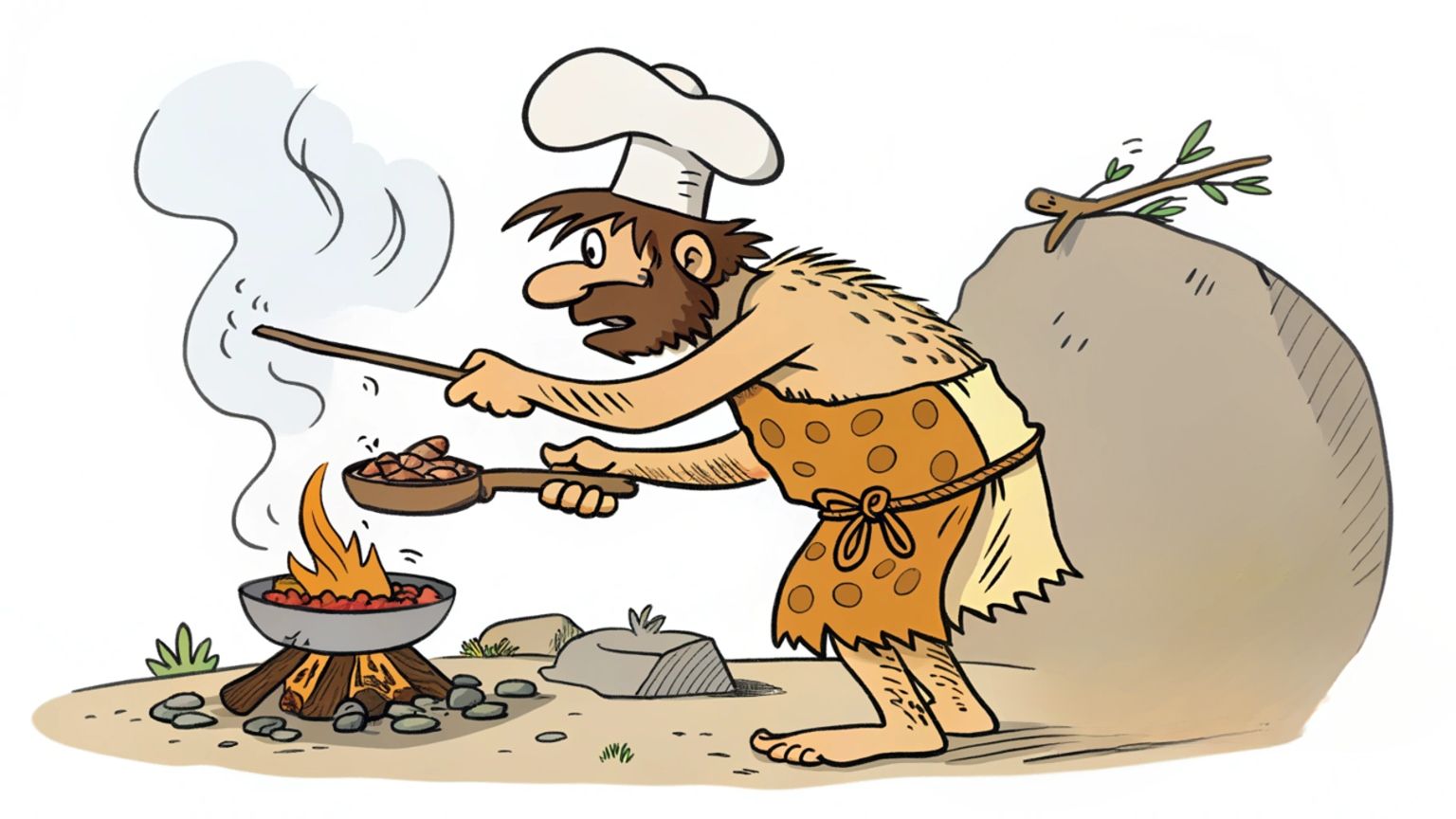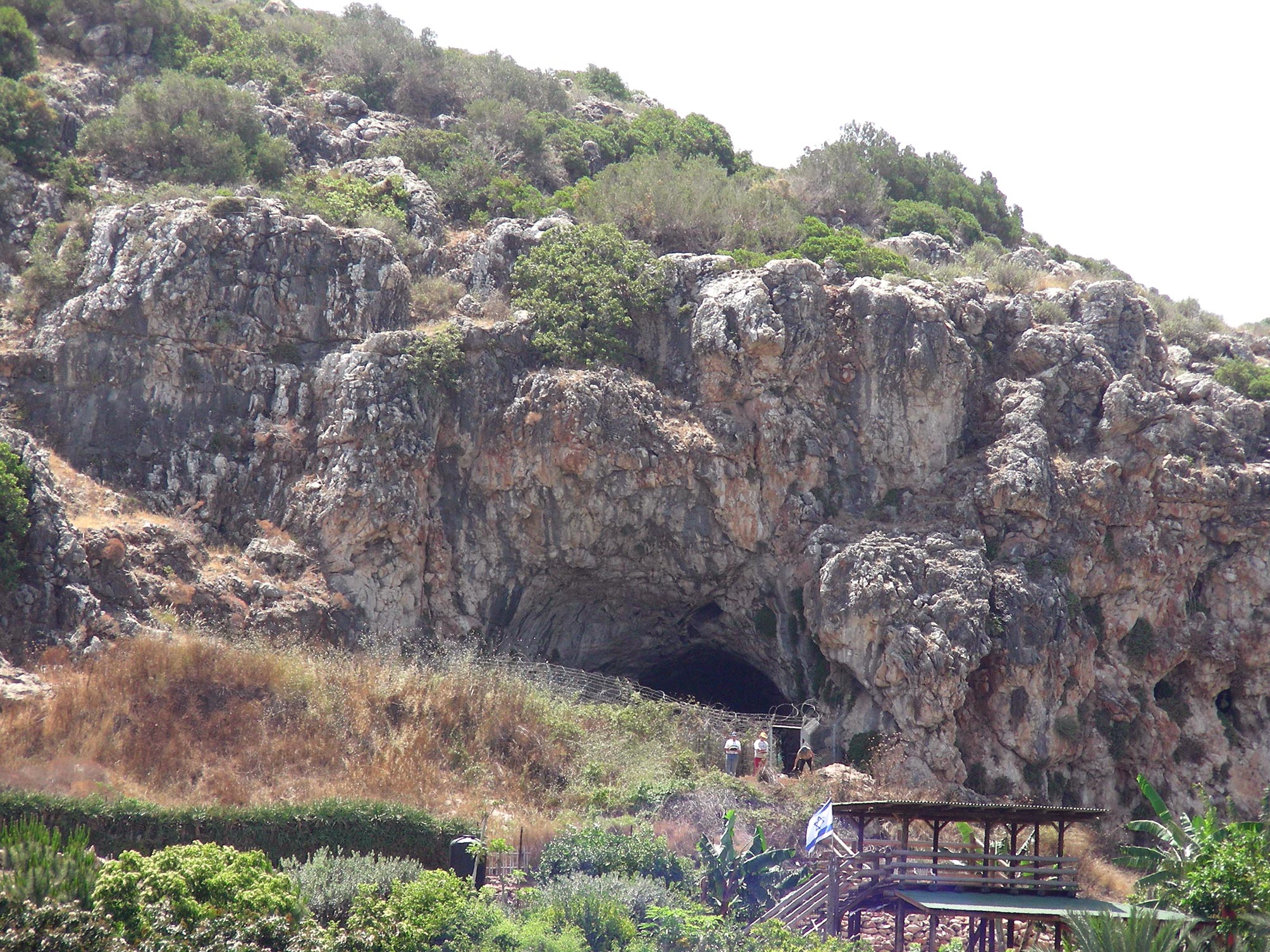🍖 Neanderthals had their own cooking recipes, who wants to taste?
Follow us on Google News (click on ☆)
A recent study conducted by researchers from the Hebrew University of Jerusalem has shed light on intriguing differences in how Neanderthals prepared their food. By analyzing bones from the Amud and Kebara caves in Israel, scientists observed distinct cut marks, despite using the same tools and hunting the same prey. These variations suggest food traditions passed down through generations.

The Amud and Kebara caves, located just 43 miles (70 km) apart, were occupied by Neanderthals between 50,000 and 60,000 years ago. Both groups used similar flint tools and primarily hunted gazelles and deer. Yet, the cut marks on the bones differ significantly, which cannot be explained by differences in skill or available resources. This could indicate meat preparation methods specific to each group.
Researchers microscopically examined the bones to understand these differences. The cut marks at Amud were denser and less linear than those at Kebara. One hypothesis is that the Amud Neanderthals may have dried or aged the meat before cutting it, a practice that would alter how tools interact with the bones. This discovery opens a window into Neanderthal culture.
The analyses also revealed that Amud bones were more frequently burned and fragmented than those from Kebara, suggesting different cooking practices. These variations could reflect distinct culinary preferences or social traditions. Scientists speculate that these differences might result from varied social organization between the two groups, such as the number of people involved in meat cutting.

The entrance to Kebara Cave.
Credit: Erella Hovers
This study, published in Frontiers in Environmental Archaeology, highlights the importance of cultural traditions in Neanderthal life. Researchers hope future work will better understand these dietary practices and perhaps reconstruct some Neanderthal 'recipes'. Current limitations, such as bone fragmentation, however, require further investigation to confirm these hypotheses.
Cut marks, culinary fingerprints
Cut marks on bones are like fingerprints left by the stone tools used by Neanderthals. Each group developed specific techniques for processing meat, possibly reflecting culturally transmitted preferences or methods.
Microscopic analysis of these marks allows for the identification of unique patterns in each group. For example, denser and less linear marks could indicate dried or aged meat before cutting. This suggests sophistication in food preparation methods.
These differences are not random but appear systematic, reinforcing the idea of distinct culinary traditions. Neanderthals were thus not merely hunter-gatherers but beings with elaborate cultural practices.
Why did Neanderthals have different dietary practices?
Variations in dietary practices between Neanderthal groups could be explained by environmental or social factors. For instance, the availability of certain resources or climatic conditions might influence meat preservation methods.
Another possibility is that these differences reflect distinct cultural identities. Just as modern humans have regional cuisines, Neanderthals may have developed group-specific 'recipes' passed down through generations.
These practices could also be linked to rituals or beliefs. The way food is prepared and consumed often plays a central role in cultures, serving to strengthen social bonds and collective identities.